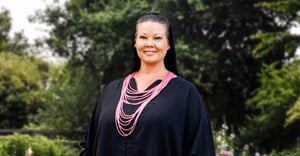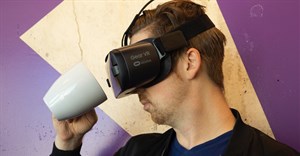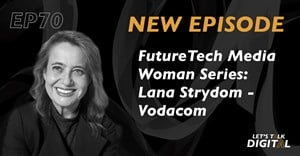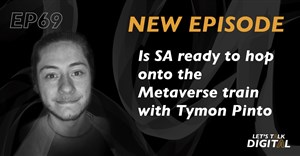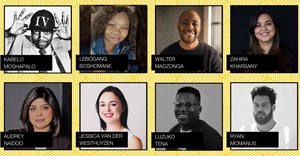
Subscribe & Follow
Jobs
- Senior HubSpot CRM and Data Specialist Cape Town
- Team Leader - Customer Service Johannesburg
- Digital Designer Cape Town
- Client Services - Account Executive Johannesburg
Goodbye to competitive advantage, say hello to customer advantage
My 9 year old son uses YouTube videos to find out how to do things. He uses Google to search for information and conduct research. He is a digital native and in the future his needs and expectations are going to be different to mine. How are brands going to engage the new customers of the future who are constantly connected and have a voice and opinion about everything? Customers can walk away and are less likely to return if they are unhappy or dissatisfied with you.
According to businessdictionary.com, competitive advantage is “A superiority gained by an organisation when it can provide the same value as its competitors but at a lower price, or can charge higher prices by providing greater value through differentiation. Competitive advantage results from matching core competencies to the opportunities.” Immediately I can see how irrelevant this is for the future when we are reactive.
Customer first
Organisations need to create enhanced brand experiences and find ways to engage with humans. I have heard the term “customer centricity” being flaunted around but very few organisations truly understand what this means when they are communicating to them. There are a few brands which I can make reference to that has managed to get this right; Amazon and Zappos are the big brands that place the customer at the centre of what they do. They are INTUITIVE to the needs of their customers. I like the word INTUITIVE as this shows that companies understand and know who their customers are and are able to provide that personalised, value-adding service to the customer pro-actively.
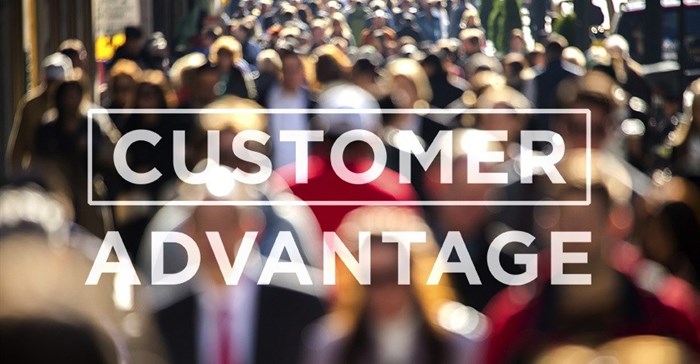
Companies who hold a customer advantage will reap the benefits of higher growth, return on investment, market share and ultimately competitive advantage (by default). It’s easier said than done as this can only be achieved if collaboration across the business happens. Marketing, operations, sales, service, IT, etc all have to adopt a customer culture.
From a marketing perspective, rapid changes in the consumer world require a shift in approach. Digital and mobile are the norm and are going to become bigger, faster and more instantaneous. As the environment is in a constant state of change, brands need to be more agile in their approach. Real-time insights and customer understanding and behaviour should guide the approach. There is a high level of uncertainty in terms of what marketers need to do to steer the business. Therefore A/B testing and trying out new ways of marketing allows for gaining customer advantage faster as customers are more receptive. The customer will choose and guide the process. Co-creation with customers using social media can be beneficial as this is an inclusive process. It can also be used to guide new product development.
A huge tip for marketers is to understand the innovations within the digital ecosystem. Customers are embracing new forms of content consumption and new ad formats. The problem is that marketers still want to apply traditional marketing tactics within the digital environment. We need to be prepared to embrace the new language of marketing. It’s about speaking the language of the tribe or the platform you are engaging on.
What will success look like? How do you build brand love and increase brand consideration within the marketing funnel. It makes a brand vulnerable in the face of uncertainty. The game-changer brands that are brave and act fast, that are prepared to take calculated risks will win the race to achieving customer advantage. These are the brands that embrace change, challenge the status quo, re-define markets, constantly innovate, and are purpose driven – making a difference to people’s lives.












